Understanding Cannabis Seeds #2 – The BIG 5: The various cannabis seeds
Cannabis cultivation is a fascinating and diverse field, offering a multitude of various cannabis seeds types to suit different needs and preferences. As more people explore the potential benefits of cannabis, understanding the differences between various seed types becomes essential. This blog delves into five primary types of cannabis seeds: Regular THC Seeds, Feminized THC Seeds, Autoflowering THC Seeds, CBD Seeds with Low THC, and Industrial Hemp Seeds. By the end, you’ll have a clearer understanding of each type and their unique characteristics.
- Regular Cannabis Seeds with THC
- Feminized Cannabis Seeds with THC
- Autoflowering Cannabis Seeds with THC
- CBD Cannabis Seeds with 0.1% to 6% THC
- Industrial Hemp Seeds with Less Than 0.2% THC

1. Regular Cannabis Seeds with THC
Various cannabis seeds: What Are Regular Cannabis Seeds?
Introduction to Regular Cannabis Seeds
Cannabis cultivation has been a longstanding practice, with its roots tracing back to ancient civilizations. At the heart of this tradition are regular cannabis seeds. These seeds represent the most natural form of cannabis propagation and have been the cornerstone of cannabis cultivation for centuries.
The Basics of Regular Cannabis Seeds
Regular cannabis seeds are produced through the natural pollination process. This involves the transfer of pollen from a male cannabis plant to a female cannabis plant, resulting in the formation of seeds. Unlike feminized or genetically modified seeds, regular seeds retain the genetic diversity and characteristics inherent in both parent plants. This means that regular seeds can grow into either male or female plants, with a roughly equal chance of being one or the other.
Natural Genetic Balance
One of the defining features of regular cannabis seeds is their natural genetic balance. They contain an unaltered mix of chromosomes from both male and female plants. This genetic diversity is crucial for several reasons. It ensures the robustness and resilience of the cannabis strain, allowing it to adapt to various growing conditions. Moreover, this genetic variability is essential for breeders who aim to develop new strains with unique characteristics. By crossbreeding male and female plants from regular seeds, breeders can combine desirable traits such as potency, flavor, and resistance to pests and diseases.
Cultivation and Breeding
Growing regular cannabis seeds requires some knowledge and skill, particularly in identifying the sex of the plants early in the growth cycle. Since male plants do not produce the coveted resinous buds that female plants do, and can potentially pollinate female plants leading to seed production instead of bud formation, they are usually removed from the growing area as soon as they are identified. This process, known as sexing, is critical for growers focused on producing high-quality, seedless cannabis flowers (sensimilla).
For breeders, however, male plants are invaluable. They provide the pollen necessary for creating new strains, allowing breeders to experiment with different genetic combinations and potentially discover new, highly sought-after varieties of cannabis. The ability to work with both male and female plants makes regular seeds a versatile and indispensable tool for cannabis breeding.
Characteristics of Regular THC Seeds
- Genetic Purity: Regular seeds provide a genetic diversity that can be beneficial for breeding purposes. This diversity can lead to the discovery of unique and potent strains.
- Cultivation Challenge: Growing regular seeds can be more challenging than other types because they require identification and removal of male plants to prevent pollination of females, which would lead to seed production rather than flowering.
- Yield Potential: When grown under optimal conditions, regular seeds can produce high yields of THC-rich flowers, as they are often more robust and resilient.
Advantages and Disadvantages
Advantages
- Breeding and Cloning: Regular seeds are ideal for breeders who want to develop new strains. They provide the necessary male plants needed for crossbreeding.
- Genetic Stability: Regular seeds often result in more genetically stable plants, which can be crucial for maintaining the integrity of specific strains.
- Robust Growth: These seeds tend to produce strong and resilient plants, capable of thriving in various environments.
Disadvantages
- Gender Identification: Growers must identify and remove male plants early to prevent pollination, which can be time-consuming and requires some expertise.
- Space and Resources: Growing regular seeds can be less space-efficient, as roughly half of the plants will be male and need to be discarded.
Best Practices for Growing Regular THC Seeds
- Germination: The best cannabis seeds germination method
- Controlled Environment: Maintain optimal temperature (70-85°F) and humidity (40-60%) levels.
- Nutrient Management: Use a balanced nutrient mix and adjust according to the plant’s growth stage.
- Monitoring and Pruning: Regularly check for male plants and prune to promote better light penetration and air circulation.
Conclusion
Regular cannabis seeds are the bedrock of cannabis cultivation, offering a natural, unmodified option for growers and breeders alike. They embody the genetic diversity and balance that is essential for the plant’s adaptability and resilience. While they require a bit more effort and expertise to cultivate due to the need to identify and manage male plants, the rewards in terms of robust growth, breeding potential, and maintaining genetic diversity make regular cannabis seeds a timeless choice in the world of cannabis cultivation.

2. Feminized Cannabis Seeds with THC
Various cannabis seeds: What Are Feminized Cannabis Seeds?
Introduction to Feminized Cannabis Seeds
In the evolving world of cannabis cultivation, feminized cannabis seeds have emerged as a revolutionary development, offering significant advantages to growers. These seeds are specifically engineered to produce only female plants, ensuring that every plant grown will yield flowers rich in THC, the primary psychoactive compound in cannabis. This innovation has streamlined the cultivation process, making it more efficient and productive.
The Science Behind Feminized Seeds
Feminized cannabis seeds are created through advanced breeding techniques that manipulate the plant’s genetics. The primary method involves stressing a female plant to produce pollen, which is then used to pollinate another female plant. This process results in seeds that carry only female chromosomes, virtually eliminating the possibility of male plants.
One common technique for producing feminized seeds is the application of colloidal silver or a similar solution to the female plant. This solution induces the plant to produce pollen sacs, which contain the female pollen necessary for fertilization. When this pollen is used to fertilize another female plant, the resulting seeds are feminized.
Benefits of Feminized Cannabis Seeds
- Guaranteed Female Plants: The most significant advantage of feminized seeds is the assurance that all plants will be female. This eliminates the need for growers to identify and remove male plants, saving time and resources.
- Maximized Yield: Since every plant will produce THC-rich flowers, growers can maximize their yield. There is no wasted space or effort on non-productive male plants.
- Efficient Use of Resources: Feminized seeds allow for more efficient use of growing space, nutrients, and light. Every plant contributes to the final harvest, making the entire cultivation process more cost-effective.
- Consistency and Uniformity: Feminized seeds often produce more uniform plants, leading to a more predictable and manageable growing experience. This consistency is particularly valuable for commercial growers who need to meet specific quality standards and production goals.
Considerations for Growing Feminized Seeds
While feminized seeds offer numerous benefits, there are some considerations to keep in mind. These plants can sometimes be more sensitive to environmental stresses, which can induce hermaphroditism (where plants develop both male and female characteristics). It is essential to maintain optimal growing conditions to minimize stress and ensure healthy, productive plants..
Characteristics of Feminized THC Seeds
- Guaranteed Females: Feminized seeds eliminate the guesswork involved in sexing plants, providing a 99% certainty of female plants.
- Higher Efficiency: With no male plants to remove, growers can maximize their space and resources, focusing entirely on the production of THC-rich flowers.
- Consistency: These seeds often produce more uniform plants, making them easier to manage and cultivate, especially for commercial growers.
Advantages and Disadvantages
Advantages
- Maximized Yield: Since all plants are female, every plant contributes to the final harvest, maximizing the potential yield.
- Simplified Cultivation: Growers don’t need to identify and remove male plants, simplifying the cultivation process and saving time.
- Cost-Effective: Feminized seeds can be more cost-effective in the long run as they eliminate the waste associated with male plants.
Disadvantages
- Genetic Diversity: Feminized seeds can lack the genetic diversity found in regular seeds, which might be a drawback for breeders looking to create new strains.
- Potential Stress Sensitivity: Some feminized plants may be more sensitive to stress, potentially leading to hermaphroditism (plants developing both male and female characteristics).
Best Practices for Growing Feminized THC Seeds
- Germination: The best cannabis seeds germination method
- Light Cycle: Provide a consistent light cycle (18/6 during vegetative and 12/12 during flowering) to prevent stress.
- Training Techniques: Use low-stress training (LST) methods to enhance light exposure and increase yields.
- Pest Management: Implement integrated pest management (IPM) practices to keep plants healthy and free from pests.
Conclusion
Feminized cannabis seeds represent a significant advancement in cannabis cultivation, providing growers with a reliable and efficient way to produce high-quality, THC-rich flowers. By eliminating the uncertainty and labor associated with male plants, feminized seeds have made it easier for both novice and experienced growers to achieve successful harvests. The consistent, uniform growth patterns of feminized plants further enhance their appeal, making them a popular choice in both personal and commercial cannabis cultivation

3. Autoflowering Seeds with THC
Various cannabis seeds: What Are Autoflowering Cannabis Seeds?
Introduction to Autoflowering Cannabis Seeds
Autoflowering cannabis seeds have revolutionized the way cannabis is cultivated, particularly for those seeking convenience and speed in their growing process. Unlike traditional cannabis seeds that rely on a change in the light cycle to trigger flowering, autoflowering seeds transition from the vegetative stage to the flowering stage automatically. This unique characteristic is derived from the genetics of Cannabis ruderalis, a subspecies that evolved in regions with extreme light conditions.
The Origins and Genetics of Autoflowering Seeds
Cannabis ruderalis, native to parts of Central and Eastern Europe and Russia, developed the ability to flower based on age rather than light exposure due to the harsh environments with short growing seasons. Breeders have harnessed this trait by crossbreeding Cannabis ruderalis with other cannabis subspecies, such as Cannabis sativa and Cannabis indica, to create autoflowering seeds that combine the autoflowering trait with the desirable qualities of sativa and indica strains, such as higher THC levels and varied terpene profiles.
Characteristics of Autoflowering Cannabis Seeds
- Automatic Flowering: The most notable feature of autoflowering seeds is their ability to flower automatically, typically within 2-4 weeks of germination, regardless of the light cycle. This means growers do not need to manipulate lighting schedules to induce flowering, making the process simpler and more straightforward.
- Short Lifecycle: Autoflowering plants have a rapid growth cycle, often ready for harvest in as little as 8-10 weeks from seed. This quick turnaround allows for multiple harvests in a single growing season, which is ideal for growers looking to maximize their production.
- Compact Size: These plants tend to be smaller and more compact than their photoperiod counterparts, making them suitable for discreet cultivation and indoor growing where space is limited.
Advantages of Autoflowering Seeds
- Ease of Growth: Autoflowering seeds are beginner-friendly due to their resilience and the simplicity of their growing requirements. They are less dependent on precise light schedules, which reduces the margin for error.
- Versatility: These seeds can be grown in a variety of environments, both indoors and outdoors. Their rapid lifecycle and compact size make them particularly advantageous for urban and guerrilla growing.
- Multiple Harvests: The ability to achieve several harvests per year is a significant benefit for growers aiming for continuous production. This is particularly beneficial in regions with shorter growing seasons.
Considerations for Growing Autoflowering Seeds
While autoflowering seeds offer many benefits, they also come with certain considerations. Their smaller size typically results in lower yields compared to traditional photoperiod plants. Additionally, the rapid growth cycle can limit the time available for training techniques that could otherwise enhance yields. Lastly, while breeding advancements have improved THC levels, some autoflowering strains may still have lower potency compared to regular and feminized seeds.
Characteristics of Autoflowering THC Seeds
- Automatic Flowering: These plants begin to flower based on age, typically within 2-4 weeks from germination, regardless of light exposure.
- Compact Size: Autoflowering plants tend to be smaller and more compact, making them ideal for discreet and indoor grows.
- Fast Turnaround: They have a shorter lifecycle, often ready for harvest in as little as 8-10 weeks.
Advantages and Disadvantages
Advantages
- Speed: The rapid growth cycle allows for multiple harvests per year, ideal for growers seeking quick returns.
- Discreet Cultivation: Their small size and compact growth make them suitable for indoor grows and limited spaces.
- Ease of Growth: Less dependency on light schedules simplifies the growing process, making them beginner-friendly.
Disadvantages
- Yield: Autoflowering plants typically produce smaller yields compared to photoperiod strains.
- Potency Variability: The THC content might be lower compared to regular or feminized seeds, though advancements in breeding have improved this.
- Limited Training: The short lifecycle limits the time available for training techniques that could boost yield.
Best Practices for Growing Autoflowering THC Seeds
- Light Exposure: Provide 18-24 hours of light daily to maximize growth and yield.
- Soil and Nutrients: Use well-draining soil and start with light nutrients, gradually increasing as the plants grow.
- Watering: Avoid overwatering; allow the soil to dry out between watering sessions.
- Container Size: Use appropriately sized containers to accommodate rapid growth and root development.
Conclusion
Autoflowering cannabis seeds provide a convenient and efficient option for growers seeking a hassle-free cultivation experience. Their ability to flower automatically, combined with a rapid growth cycle and compact size, makes them an excellent choice for both novice and experienced growers. Whether you’re looking to maximize yields with multiple harvests or seeking a discreet growing option, autoflowering seeds offer a versatile and user-friendly solution in the ever-evolving landscape of cannabis cultivation.

4. CBD Seeds with 0.1% to 6% THC
Various cannabis seeds: What Are CBD Cannabis Seeds?
Introduction to CBD Cannabis Seeds
As the therapeutic potential of cannabis continues to gain recognition, CBD cannabis seeds have become increasingly popular among growers and consumers alike. These seeds are specifically bred to produce plants with high cannabidiol (CBD) content and low tetrahydrocannabinol (THC) levels, typically ranging from 0.1% to 6%. Unlike high-THC strains, CBD-dominant cannabis provides various therapeutic benefits without the psychoactive effects, making it an attractive option for medicinal users.
The Science Behind CBD Cannabis Seeds
Cannabidiol (CBD) is one of the many cannabinoids found in cannabis plants, but it stands out for its wide range of therapeutic applications. CBD interacts with the endocannabinoid system in the human body, which plays a crucial role in regulating various physiological processes such as pain sensation, mood, appetite, and immune response.
CBD cannabis seeds are the result of selective breeding, where plants with high CBD and low THC levels are crossbred to stabilize these traits in subsequent generations. This process ensures that the resulting plants consistently produce the desired cannabinoid profile, making them reliable for both growers and consumers.
Characteristics of CBD Cannabis Seeds
- High CBD, Low THC: The defining feature of these seeds is their cannabinoid profile, with high levels of CBD and minimal THC content. This ratio varies depending on the strain but generally falls between 0.1% to 6% THC. Some CBD strains have a 1:1 ratio CBD/THC.
- Therapeutic Benefits: CBD is known for its potential to alleviate a variety of conditions such as anxiety, chronic pain, inflammation, epilepsy, and more. It is also being studied for its neuroprotective properties and potential benefits in managing neurodegenerative diseases.
- Non-Psychoactive: Due to the low THC content, CBD cannabis does not produce the “high” commonly associated with cannabis use. This makes it suitable for individuals seeking relief from symptoms without the psychoactive effects.
Advantages of CBD Cannabis Seeds
- Medical Use: The high CBD content makes these seeds ideal for medicinal purposes. Patients seeking relief from various conditions can benefit from the therapeutic effects of CBD without the intoxicating effects of THC.
- Legality and Accessibility: In many regions, cannabis products with low THC content are legal or less regulated compared to high-THC products. This increases accessibility for patients who might otherwise be unable to use cannabis for medicinal purposes.
- User-Friendly: CBD-dominant strains are suitable for a wide range of users, including those who are new to cannabis or sensitive to THC. They provide therapeutic benefits without the risk of anxiety or paranoia that some people experience with high-THC strains.
Considerations for Growing CBD Cannabis Seeds
Growing CBD cannabis seeds requires careful strain selection to ensure the desired cannabinoid profile. It’s important to choose strains known for their high CBD and low THC content. Additionally, maintaining optimal growing conditions is crucial to maximizing CBD production. This includes proper lighting, temperature, humidity, and nutrient management. Harvest timing is also critical, as cannabinoid levels fluctuate throughout the plant’s lifecycle. To achieve the highest CBD content, growers must monitor their plants closely and harvest at the right time.
Characteristics of CBD Cannabis Seeds
- High CBD, Low THC: These seeds produce plants rich in CBD, offering therapeutic benefits without significant psychoactive effects.
- Medical Use: CBD is known for its potential to alleviate various conditions such as anxiety, pain, inflammation, and epilepsy.
- Non-Intoxicating: With THC levels kept below 0.5%, these seeds are ideal for users seeking relief without the high.
Advantages and Disadvantages
Advantages
- Therapeutic Benefits: High CBD content provides a range of medicinal benefits, making these seeds ideal for medical users.
- Legality: In many regions, low-THC cannabis is legal or more leniently regulated, making it easier to grow and use.
- User-Friendly: Suitable for those who want to experience the benefits of cannabis without the psychoactive effects.
Disadvantages
- Yield: Plants might produce lower yields compared to high-THC varieties.
- Market Demand: While growing, ensuring there is a market for high-CBD, low-THC products is essential.
Best Practices for Growing CBD Cannabis Seeds
- Strain Selection: Choose strains known for high CBD content and stable genetics.
- Climate Control: Maintain stable environmental conditions to optimize CBD production.
- Harvest Timing: Harvest at the right time to ensure maximum CBD content.
- Post-Harvest Handling: Proper drying and curing are crucial to preserving CBD potency.
Conclusion
CBD cannabis seeds represent a significant advancement in the field of medicinal cannabis. They offer a reliable source of high-CBD, low-THC plants that provide numerous therapeutic benefits without the psychoactive effects of high-THC strains. Whether you are a patient seeking relief from specific symptoms or a grower looking to cultivate medicinal cannabis, CBD cannabis seeds offer a valuable and versatile option. As research continues to uncover the full potential of CBD, the popularity and demand for these seeds are likely to grow, further solidifying their place in the diverse landscape of cannabis cultivation.

5. Industrial Hemp Seeds with Less Than 0.2% THC
Various cannabis seeds: What Are Industrial Hemp Seeds?
Introduction to Industrial Hemp Seeds
Industrial hemp seeds represent a distinct category within the cannabis family, specifically bred to produce plants with minimal tetrahydrocannabinol (THC) content, typically less than 0.2%. These seeds are cultivated not for their psychoactive properties, but for their wide range of industrial applications. From fiber to seed oil and a myriad of other hemp-derived products, industrial hemp has a rich history and promising future in various sectors.
Characteristics of Industrial Hemp Seeds
- Low THC Content: The defining feature of industrial hemp seeds is their low THC content, generally kept below 0.2%. This ensures that the plants do not produce psychoactive effects, making them suitable for industrial and commercial use.
- High CBD Potential: While low in THC, some industrial hemp varieties can be high in cannabidiol (CBD), adding medicinal and wellness applications to their list of uses.
- Versatile Applications: Industrial hemp is renowned for its versatility. The plants can be harvested for their strong, fibrous stalks, nutrient-rich seeds, and even their leaves and flowers in certain applications.
Advantages of Industrial Hemp Seeds
- Sustainability: Hemp is one of the most environmentally friendly crops. It requires fewer pesticides and herbicides compared to other crops, and it can grow in a variety of soil types and climates. Additionally, hemp plants have a short growing cycle and can be harvested multiple times a year.
- Economic Value: The various uses of hemp contribute to its economic value. Hemp fibers are used in textiles, construction materials, and paper. Hemp seeds are a source of nutrition and are processed into hemp oil, which is used in food products, cosmetics, and industrial lubricants. The plant’s versatility opens numerous market opportunities.
- Soil Health: Hemp has deep roots that help prevent soil erosion and can improve soil structure. It also plays a role in phytoremediation, helping to cleanse soil contaminated with heavy metals and other pollutants.
Industrial Applications of Hemp
- Textiles: Hemp fibers are among the strongest natural fibers and are used to make a variety of textiles, from clothing to ropes and industrial fabrics.
- Construction Materials: Hempcrete, a sustainable building material made from hemp hurds and lime, is gaining popularity for its insulation properties and environmental benefits.
- Nutritional Products: Hemp seeds are rich in essential fatty acids, proteins, and vitamins, making them a valuable addition to the food and health supplement industry. Hemp seed oil is particularly noted for its balance of omega-3 and omega-6 fatty acids.
- Cosmetics and Personal Care: Hemp oil is increasingly used in cosmetics for its moisturizing and anti-inflammatory properties, making it a popular ingredient in lotions, soaps, and hair care products.
Considerations for Growing Industrial Hemp Seeds
Growing industrial hemp requires adherence to regulatory standards to ensure THC levels remain below the legal limit. Farmers must also consider the end use of their crop when selecting seed varieties, as different applications may require specific characteristics. Proper soil preparation, pest management, and harvesting techniques are essential for optimizing yield and quality.
Characteristics of Industrial Hemp Seeds
- Low THC: Industrial hemp is defined by its low THC content, ensuring no psychoactive effects.
- Versatility: Hemp can be used for a wide range of products, including textiles, biofuel, paper, and construction materials.
- Environmental Benefits: Hemp cultivation is known for its environmental benefits, including soil remediation and low pesticide use.
Advantages and Disadvantages
Advantages
- Legal Status: In many regions, hemp cultivation is legal and encouraged due to its low THC content and industrial applications.
- Sustainability: Hemp is a highly sustainable crop that can be grown in various climates with minimal environmental impact.
- Economic Potential: Hemp has numerous industrial applications, providing economic opportunities for farmers and industries.
Disadvantages
- Market Fluctuations: The market for hemp products can be volatile, influenced by regulatory changes and market demand.
- Specialized Equipment: Processing hemp for industrial use requires specialized equipment, which can be a significant investment.
Best Practices for Growing Industrial Hemp Seeds
- Soil Preparation: Ensure the soil is rich in organic matter and well-draining.
- Seed Spacing: Plant seeds with adequate spacing to promote healthy growth and maximize yield.
- Pest and Disease Management: Implement integrated pest management practices to protect the crop.
- Harvesting Techniques: Use appropriate harvesting methods depending on the intended use (fiber, seed, or oil).
Conclusion Industrial hemp seeds
Industrial hemp seeds offer a sustainable and versatile option for agricultural and industrial development. Their low THC content and broad range of applications—from textiles and construction materials to nutritional products and cosmetics—make them an invaluable resource. As global interest in sustainable and eco-friendly practices grows, industrial hemp is poised to play a significant role in the future of agriculture and industry. Understanding the unique qualities and benefits of industrial hemp seeds allows growers and manufacturers to harness their full potential, contributing to a more sustainable and economically viable future.

Conclusion The BIG 5: The various cannabis seeds
Cannabis cultivation offers a variety of seeds, each with unique characteristics and benefits. Regular THC seeds provide genetic diversity and robust growth, making them ideal for breeders and experienced growers. Feminized THC seeds simplify cultivation by ensuring all-female plants, maximizing yield and efficiency. Autoflowering THC seeds are beginner-friendly with their rapid growth cycle and automatic flowering. CBD cannabis seeds offer therapeutic benefits without significant psychoactive effects, catering to medical users. Industrial hemp seeds provide economic and environmental benefits, with applications across various industries.
Understanding the differences between these seed types allows growers to choose the right seeds for their specific needs and goals. Whether you’re a hobbyist, medical user, or industrial producer, there’s a cannabis seed type tailored for you. Happy growing!
Various Cannabis Seeds:
Understanding Cannabis Seeds: Quality Indicators and Misconceptions
What is the best way to store cannabis seeds?
Dutch feminized cannabis seeds are considered the best in the world

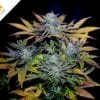


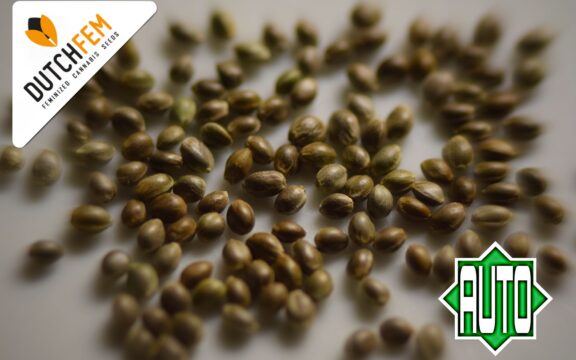
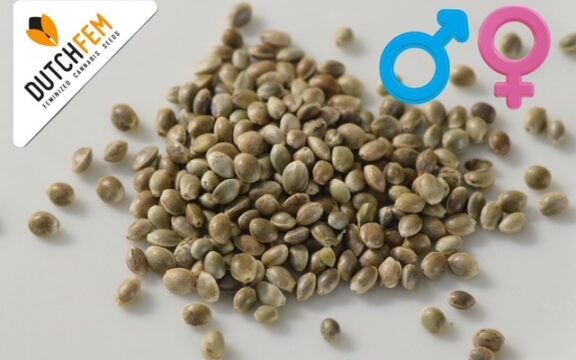
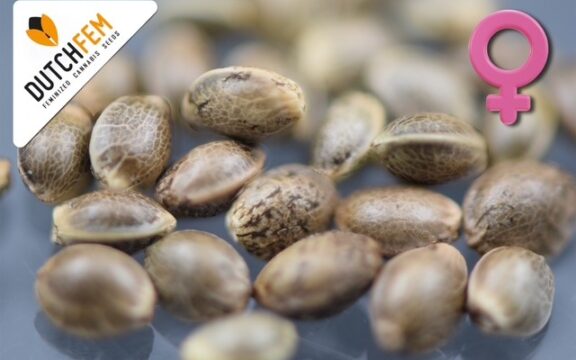

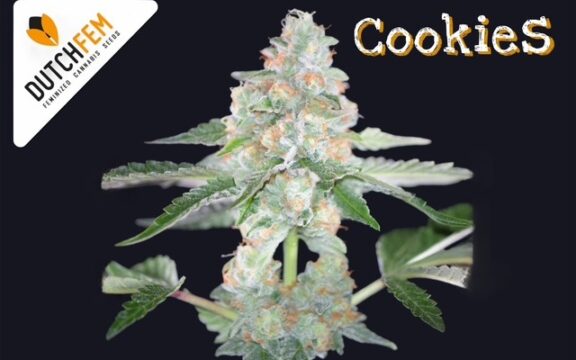




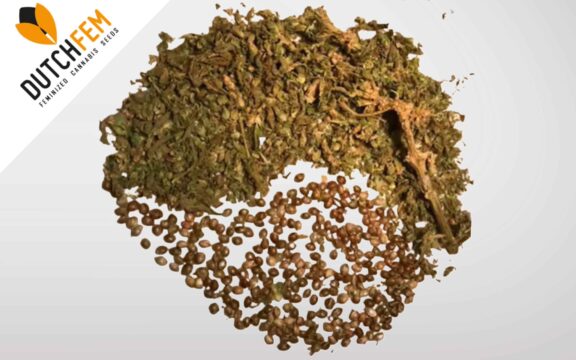


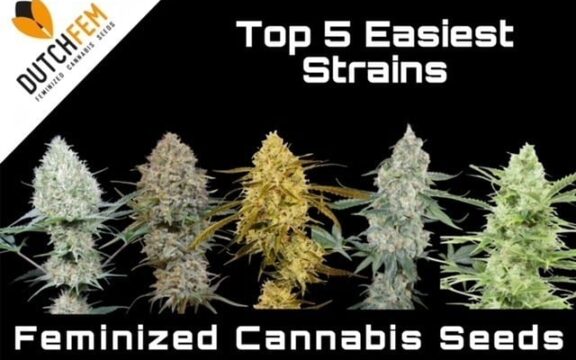

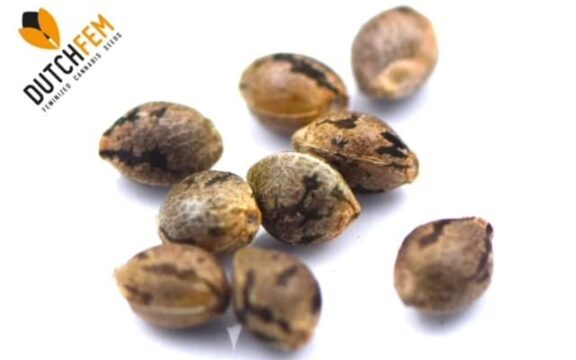
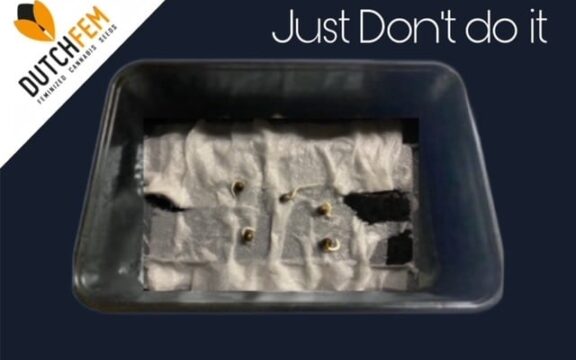
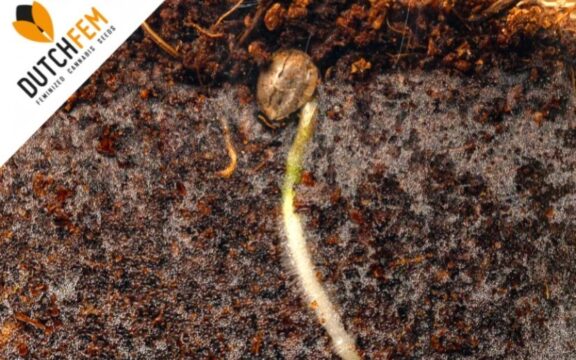






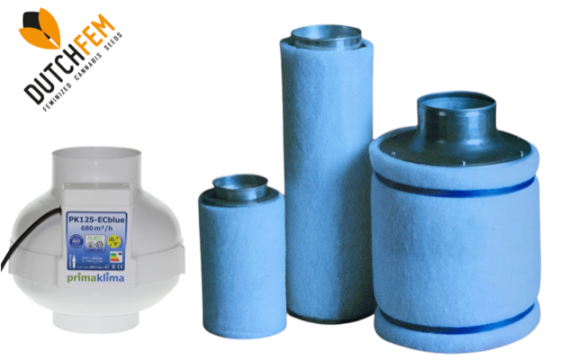



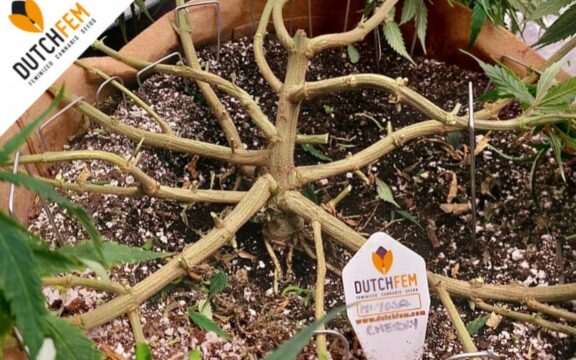




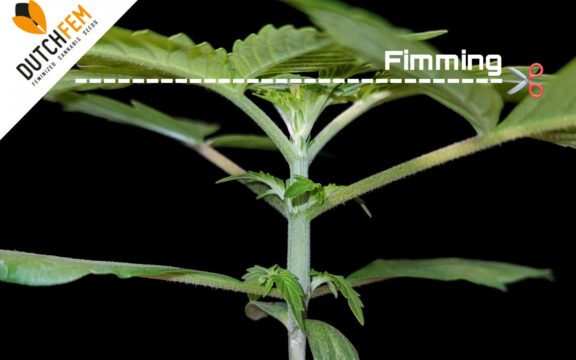


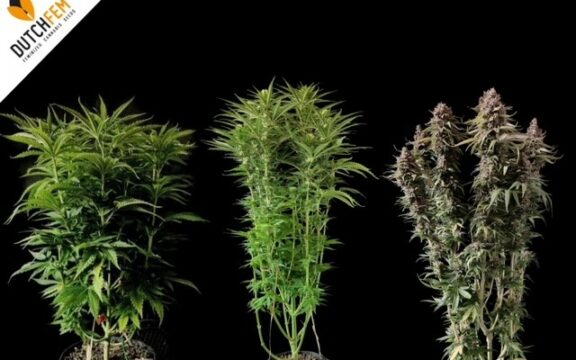





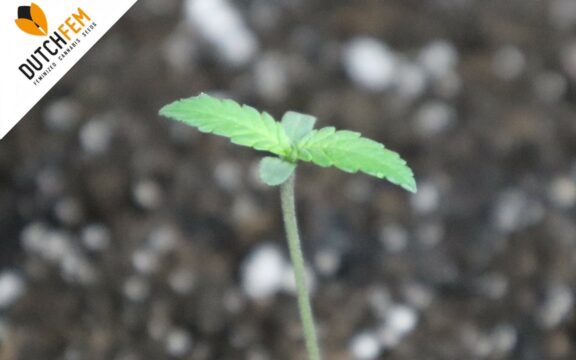

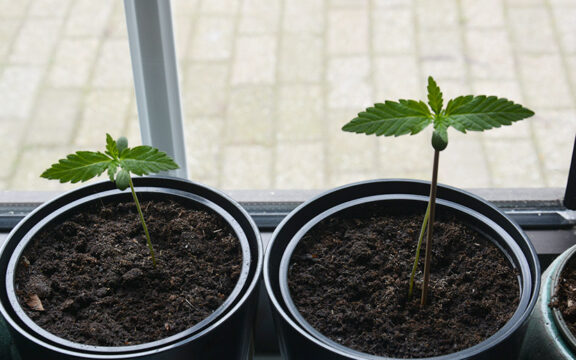
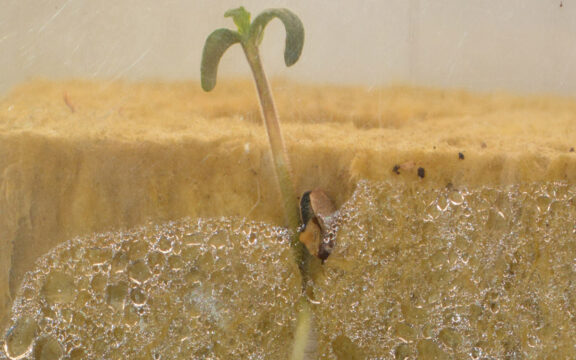





You must be logged in to post a comment.